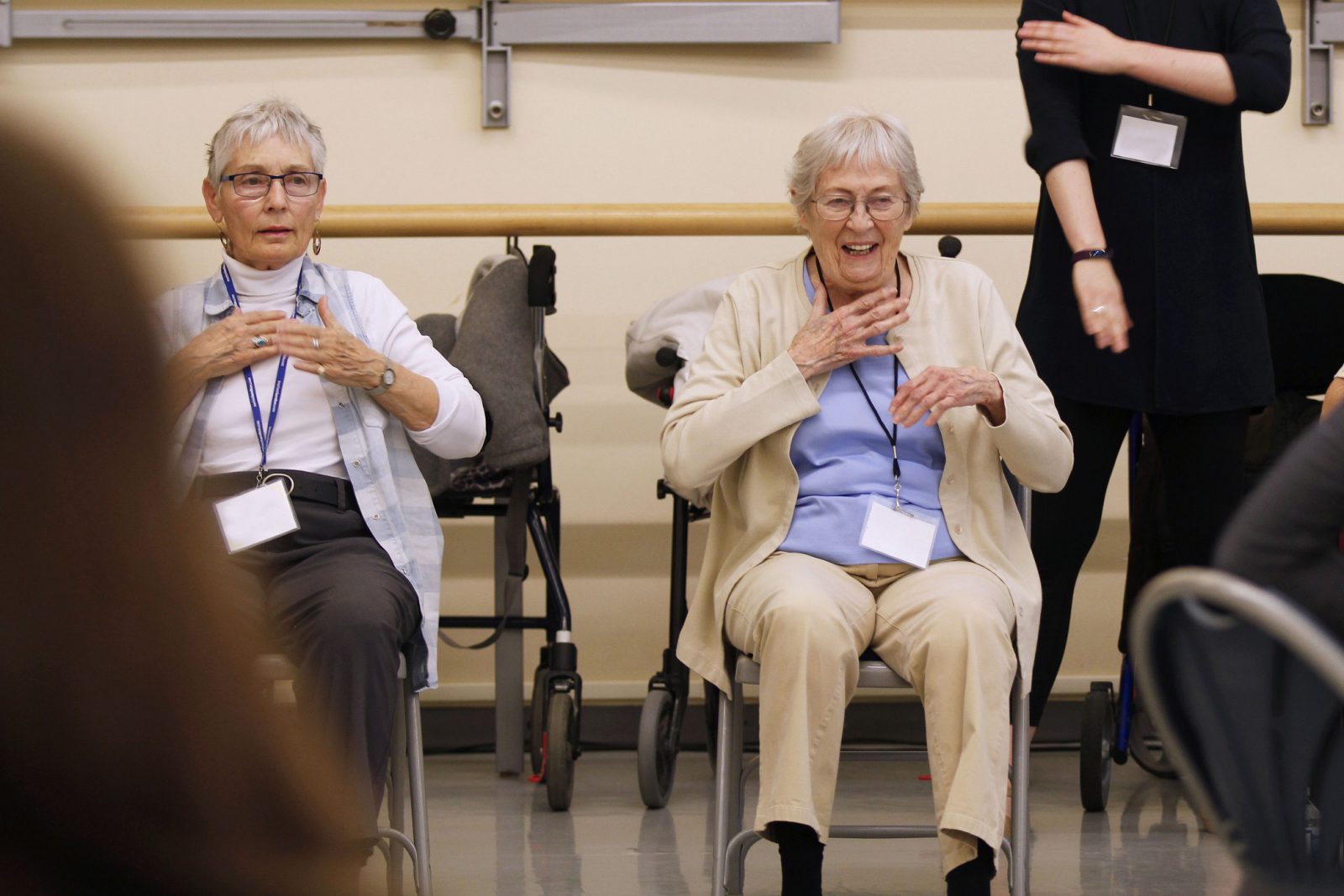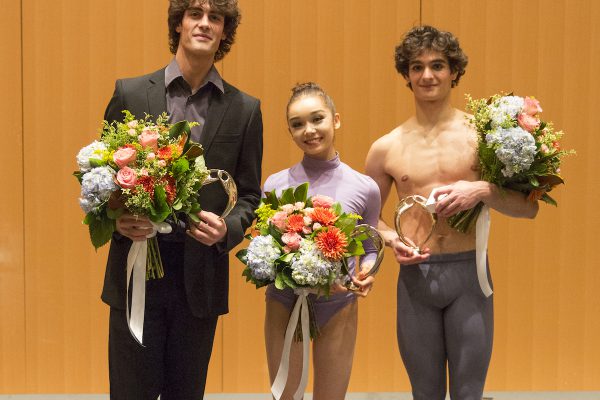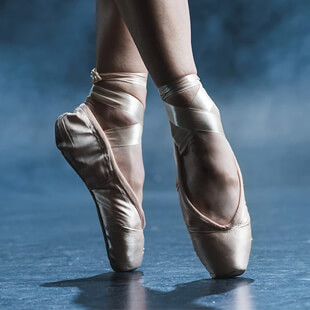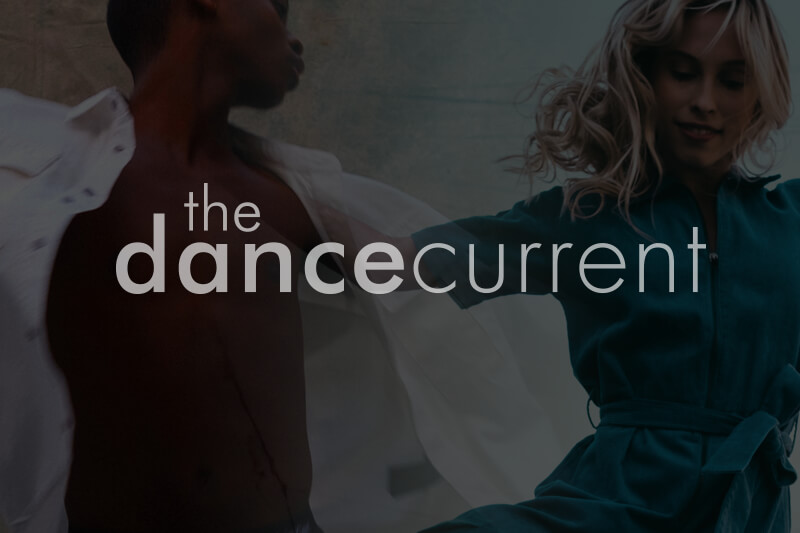After three years following its participants, a study conducted by York University researchers has demonstrated that dancing with music can halt the progression of Parkinson’s disease symptoms in older adults. Whereas previous studies examining the link between dance and people’s experiences with the disease have focused on shorter-term impacts, this study was the longest of its kind.
Research was conducted by Karolina Bearss and Dr. Joseph DeSouza in partnership with Canada’s National Ballet School. The results were published this month in Brain Science.
For three years, 16 participants with the disease took part in weekly 75-minute dance classes at the ballet school and Trinity St. Paul’s church locations. When compared to a control group, those who danced saw no progression in their motor or non-motor symptoms.
Bearss, who grew up doing ballet, jazz and acro and brings a keen interest in dance to her work in neuroscience, highlights that all aspects of the class environment played a role in staving off the progression of the symptoms.
“It’s not just dance in isolation; these people aren’t dancing by themselves to no music. There’s external stimuli also happening; there’re teachers; there’s a social component; there are mirrors to provide some kind of feedback on how they are moving for them to learn,” she said.
Motor function generally declines rapidly in patients, particularly during the first five years following their diagnosis. Measuring the symptoms of study participants using the Movement Disorder Society Unified Parkinson’s Disease Rating Scale, and comparing their symptoms to a control group, DeSouza and Bearss demonstrated a complete absence of progression in motor symptoms. They also found an absence in the progression in the emotional and cognitive effects of the disease — measures that support an increased quality of life.
The exact mechanisms that cause dance — as opposed to sports or other art forms — to have such beneficial effects have yet to be pinpointed.
“Dance does something special when you add music to it. … I think anything that makes a person have fun helps with their disease,” said DeSouza.
The implications for treatment, however, are clear. Bearss asked why we can’t prescribe dance to people with Parkinson’s in the same way pharmaceutical interventions are commonly prescribed for the disease.
“I consider it like a form of rehabilitation,” she said.
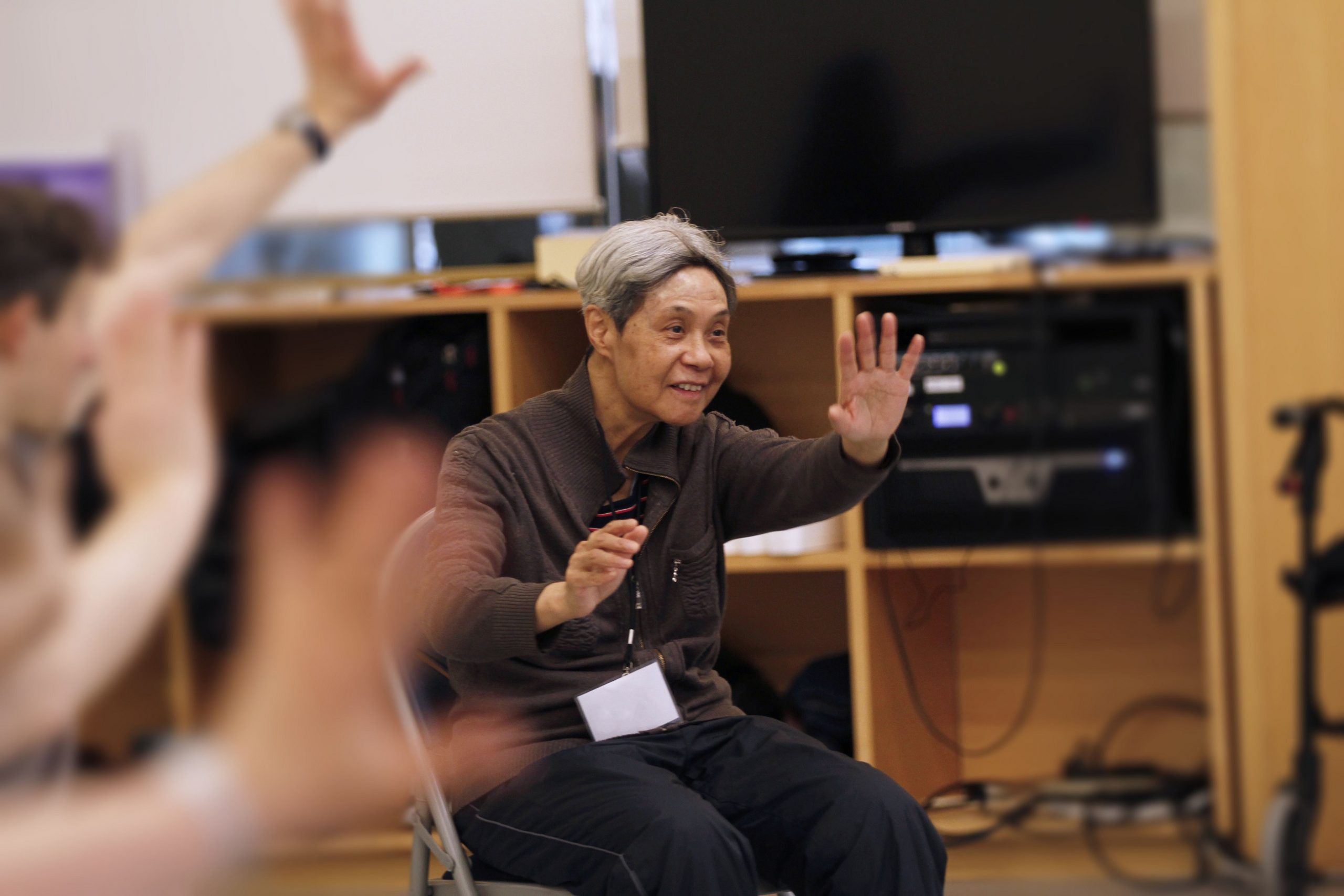
Dr. Rachel Bar, director of research and health at Canada’s National Ballet School, elaborated on the school’s approach to creating dance experiences for the Parkinson’s community. Bar described the classes, which are grounded in the protocols of the Dance for PD program of Mark Morris Dance Group, as highly accessible.
Based in creative and interpretive dance, the classes gave participants a lot of freedom in their movements. They also worked on choreography each week, culminating in a performance at the end of the program. This was important for participants to experience the fun and freedom that comes with gaining mastery of their movement through repetition and rehearsal.
It was also crucial to the team at the ballet school that these dance classes were presented primarily as an artistic endeavour rather than a therapy.
“We are artists creating accessible dance opportunities for the Parkinson’s community. … We never talk about Parkinson’s in the class. We talk about creating art,” said Bar.
A former professional ballet dancer, Bar found that community dance programs like this one have allowed her to rediscover her love of dance and to “realize the potential of the art form.”
“You couldn’t ask for a greater feeling than seeing a group of people experiencing the joy of dance,” she said.
Tagged: Ballet, Dance therapy, Uncategorized, ON , Toronto
